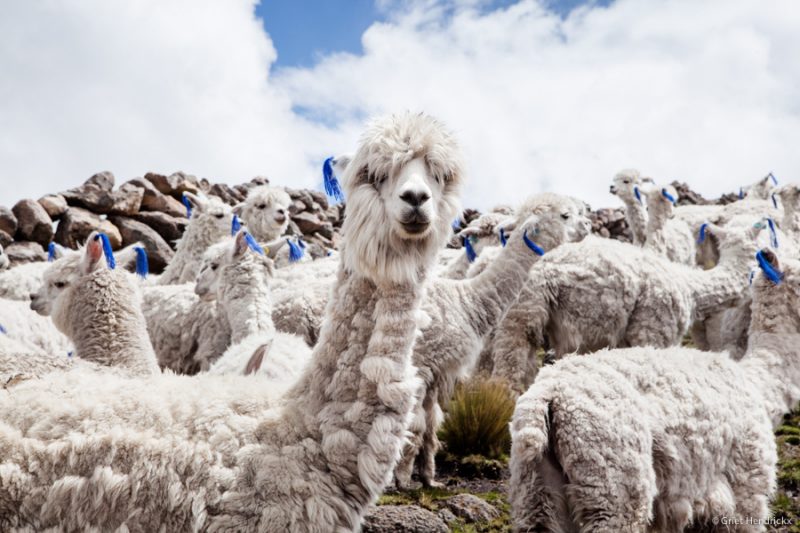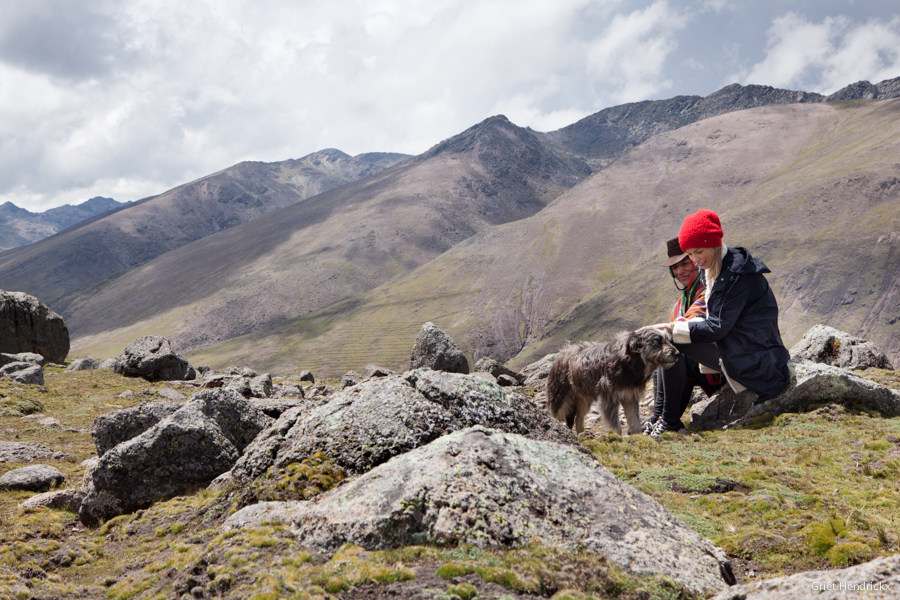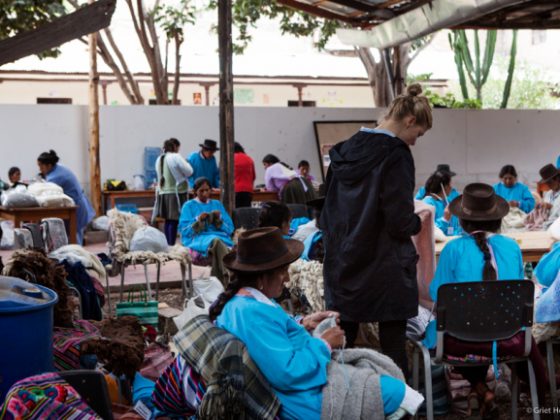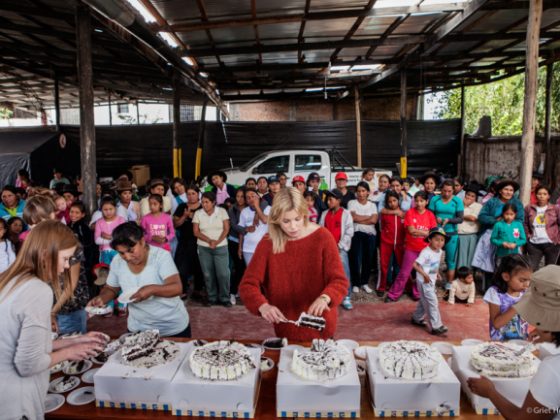Anneleen and I woke up as a little kiddo’s going to Disneyland on Thursday. We were going to the alpaca farmers high in the Andes! Cannot describe how much I love these little fluffy, a bit silly looking, alpaca’s. Every time I see one, whether it’s on the huge picture I have hanging in my office in Antwerp, or I bump into one here in Peru, they make me smile, always. Very much excited I was (and the joy continues, so I still am J).On top of my already existing joy, the sun was out and it was nice and warm. Since it is rainy season here in Ayacucho, it tends to be chilly and rainy in the morning, so we were quite lucky. We left at a reasonable hour, not 4AM like the last 2 years, thank god for that!
After a stunning 2h drive through the Andes, we arrived at a little Alpaca village on 5000m altitude where we were welcomed by ‘Fortunato’ and his community. Fortunato is one of the rare older alpaca farmers who speak Spanish. They original language in Peru is ‘Quechua’. All the Peruvians living high in the Andes, mostly only speak Quechua. So, we were pretty lucky to be able to communicate with him. Such a warm and lovely person. I took a selfie of him and myself, J. By far the coolest selfie and one of the funniest one made as well. You can check it out on Facebook (LNBeanies). You can find only the beautiful pictures of Griet on the blog. No low quality iPhone pictures of myself J.
Before we were ready to hike up to the alpaca’s, we first got a little tour around the village. The alpaca farmers do live very basic, in ‘huts’, with no water resources, and barely any electricity. The size of one’s hut is about the size of a standard bathroom in Europe. In this room they sleep/cook/eat, with a couple of people. Yes, they are poor, very poor if you compare it to our life and even to the one the knitting ladies have in the city. But the life they have is pure, and it is what they know and have known for ages. It’s tradition.
The farmers have a very hard life. Living on 5000m altitude, where it’s cold, rainy, windy, is something we cannot imagine. They get up at 4AM every morning to take the alpaca’s to the fields for grazing. It depends on where they have them graze, but mostly it’s long hike to get there, and a long hike to get back. Once the alpaca’s are where they should be, the farmers go back to the village and they cook dinner and eat. Mostly this is around 16PM. After a soup of alpaca (which we even got served, but I regret to say that I kindly passed…) they hike back to their fluffy alpaca’s to guide them back to the village, where they spend the night. At 19PM lights go out and they all go to sleep.For all this hard work they get paid very little. For every KG of rough alpaca they get an inhuman amount of Peruvian soles. It are the ‘parties’ in between the Alpaca/yarn companies and the alpaca farmers who are to blame for this. They drive along all the little alpaca villages to collect the rough baby alpaca and sell containers of this soft and precious fibre at a high price to the yarn companies. It are the yarn manufacturers who turn the rough alpaca into usable yarn through different process. Of course the price to the end consumer is extremely high in comparison to what the farmer actually gets.
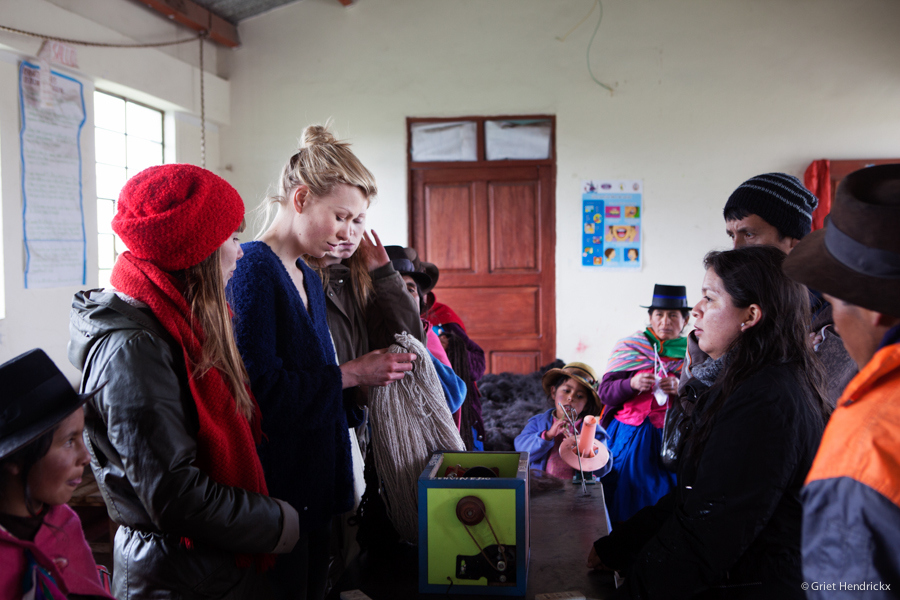
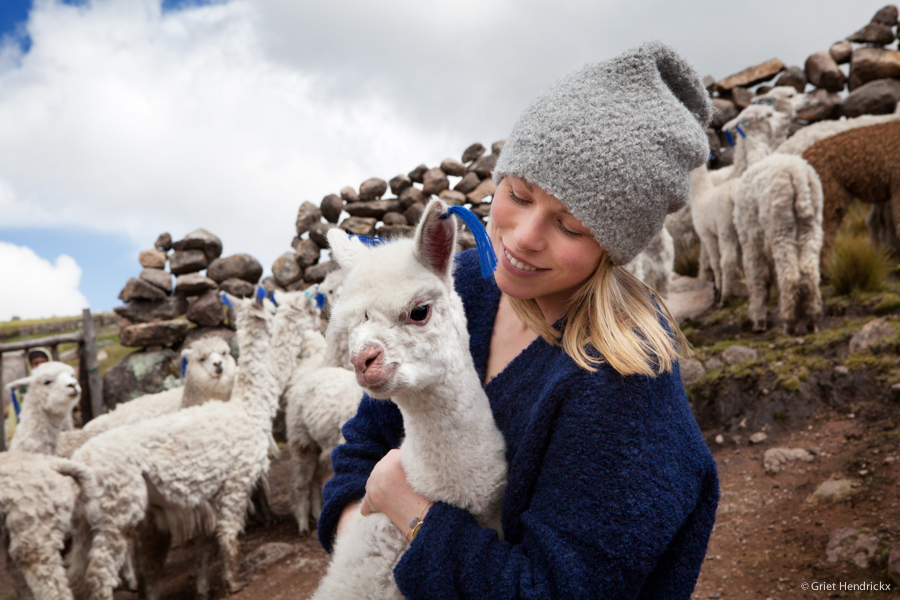
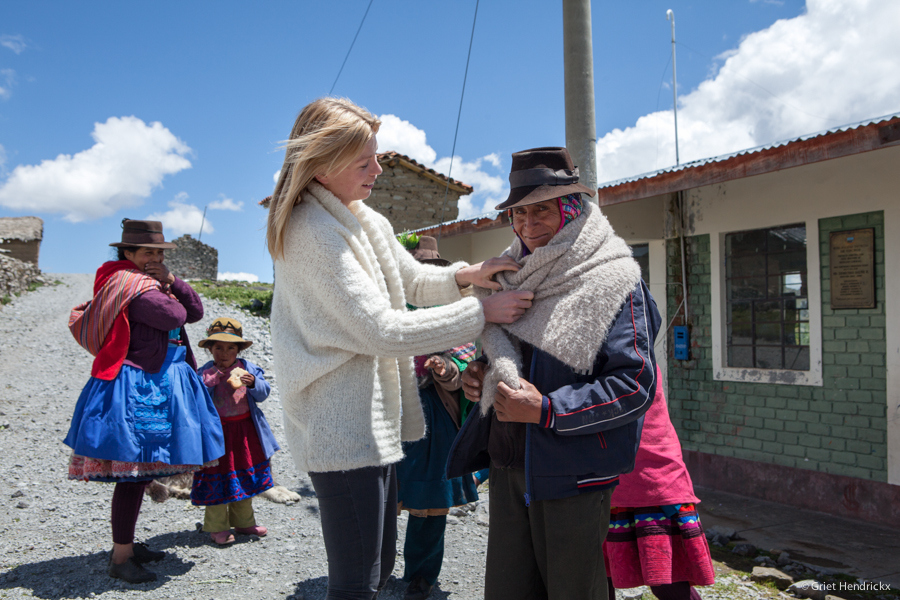
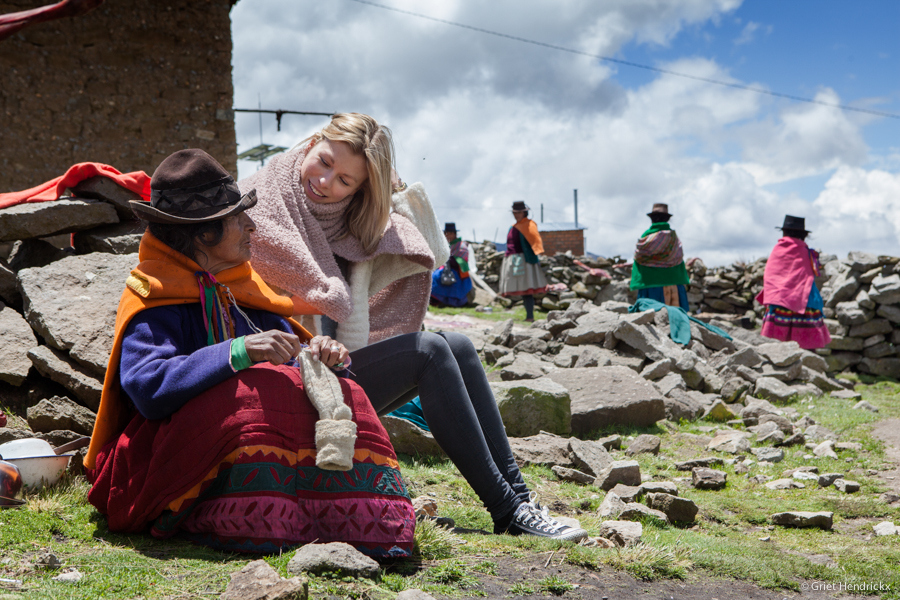
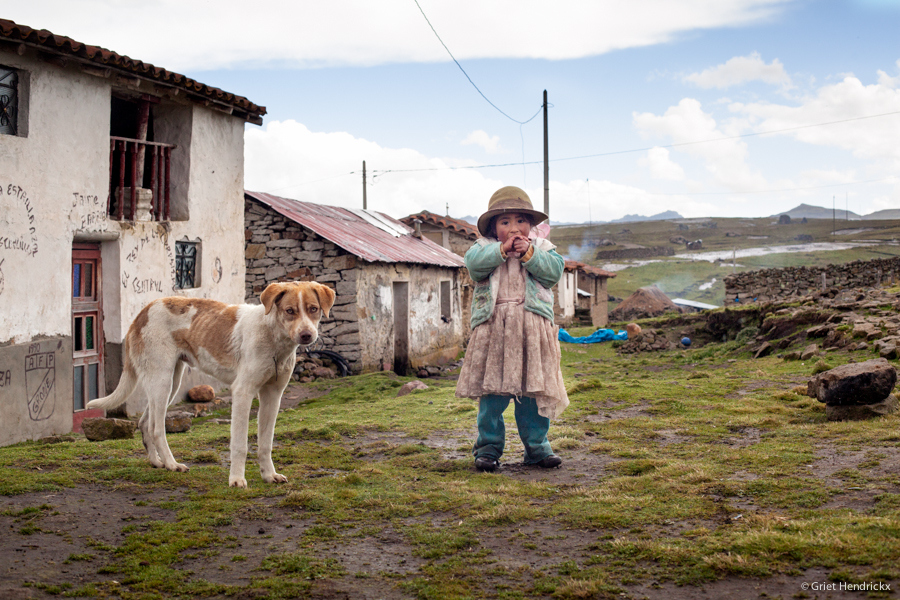
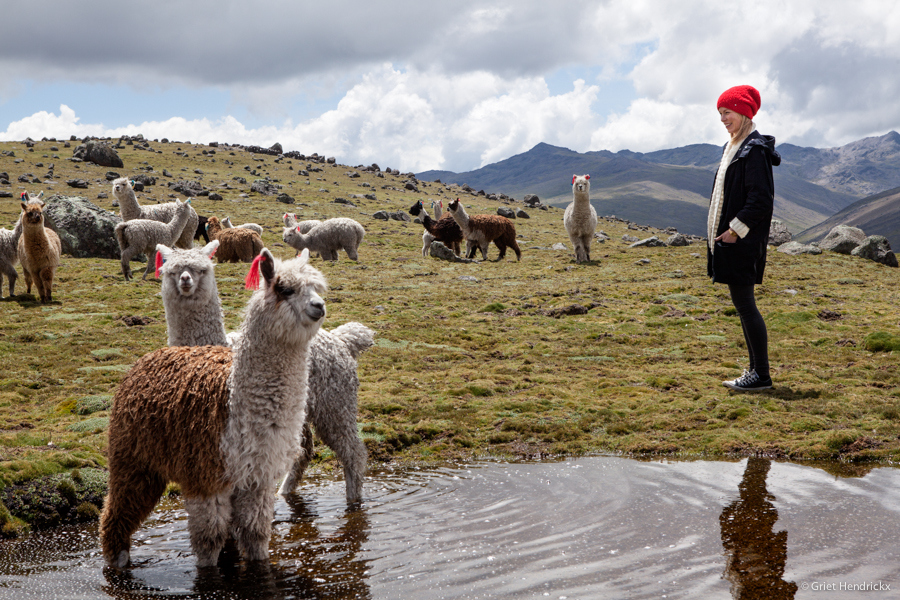

We at LNKnits want to somewhere break down this vicious circle by having a part of our yarn coming straight from the alpaca farmers themselves. In that way we can skip the 2 other parties and make sure the alpaca farmers get a fair price for their hard work. We invested quite some money in the research and development of this idea.After we took a hike to the Alpaca’s together with Fortunato, where we cuddled with the little fluffy babies and where we took a few great fashion shots for the new FW2014 LNAndes collection, we got back to the village where we got to see the process in real life on how a hank of alpaca is made, live at the alpaca farmers.First they shave an alpaca. Did you know an adult alpaca more or less offers 3KG of rough alpaca? Once shaved, and no worries dear animal friends, the alpaca’s are shaved such as sheep, and not killed. Otherwise your beanie would cost 500 euro’s instead of 50 euro’s. That’s just common sense; the alpaca’s are very precious to the farmers. The rough alpaca in the second step is ‘spun’ into a usable, knittable, yarn. Normally, for own usage, the farmers to this by hand, but since we are to invest in our own ecological and human yarn, we invested in very basic machinery to do the spinning. Once spun, the yarn is washed and rolled into a usable hank. Of course these are just the basic steps within the procedure, but I will devote another blogpost soon to go into more detail about this process.
We are very proud to announce that this year you will find 100% baby alpaca natural ecological friendly knitwear at the new LNBeanies FW2014 collection. This is a dream I have had since the very beginning of LNKnits, in 2011. I’ve first writing about it 2 years ago, as well on this blog, read it here: ‘Meet the Alpaca Farmers’. This year we are to test the production with only a basic collection of this beautiful yarn. By next winter 2015 we are hopefully able to extend it. We are one step closer to a complete human production cycle of an LNKnits. Offering a fair price for the work of the alpaca farmers and offering a human and steady income for the knitting ladies. Nice evolution. Let’s do this! Love, LN

